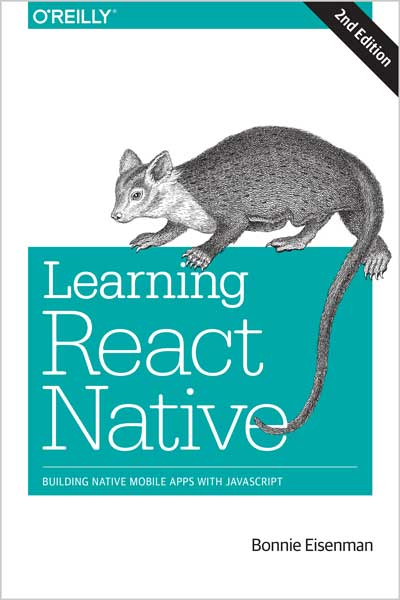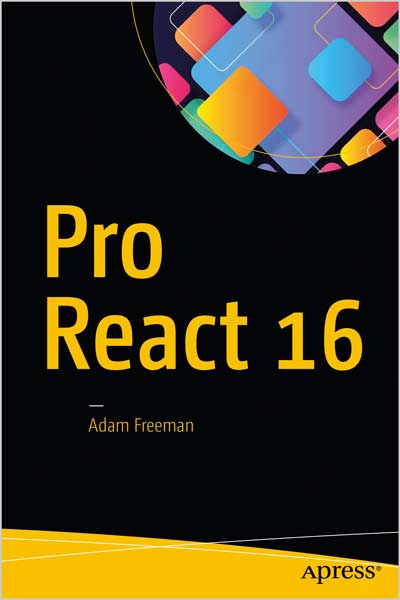Building Native Mobile Apps with JavaScript
Bonnie Eisenman

#React
#React_Native
#HTML
#APIs
#UI
#UX
#Java
#Objective-C
#mobile_apps
#JavaScript
#iOS
#Android
Get a practical introduction to React Native, the JavaScript framework for writing and deploying fully featured mobile apps that render natively. The second edition of this hands-on guide shows you how to build applications that target iOS, Android, and other mobile platforms instead of browsers—apps that can access platform features such as the camera, user location, and local storage.
Through code examples and step-by-step instructions, web developers and frontend engineers familiar with React will learn how to build and style interfaces, use mobile components, and debug and deploy apps. You’ll learn how to extend React Native using third-party libraries or your own Java and Objective-C libraries.
- Understand how React Native works under the hood with native UI components
- Examine how React Native’s mobile-based components compare to basic HTML elements
- Create and style your own React Native components and applications
- Take advantage of platform-specific APIs, as well as modules from the framework’s community
- Incorporate platform-specific components into cross-platform apps
- Learn common pitfalls of React Native development, and tools for dealing with them
- Combine a large application’s many screens into a cohesive UX
- Handle state management in a large app with the Redux library
This book is an introduction to React Native, Facebook’s JavaScript framework for building mobile applications. Using your existing knowledge of JavaScript and React, you’ll be able to build and deploy fully featured mobile applications for both iOS and Android that truly render natively. There are plenty of advantages to working with React Native over traditional means of mobile development without needing to sacrifice the native look and feel.
We’ll start with the basics and work our way up to creating a full-fledged application with 100% code reuse between iOS and Android. In addition to the essentials of the framework, we’ll discuss how to work beyond it, including how to make use of third-party libraries and even how to write your own Java or Objective-C libraries to extend React Native.
If you’re coming to mobile development from the perspective of a frontend software engineer or web developer, this is the book for you. React Native is a pretty amazing thing, and I hope you’re as excited to explore it as I am!
Prerequisites
This book is not an introduction to React, in general. We’ll assume that you have some working knowledge of React. If you’re brand new to React, I suggest reading through a tutorial or two before coming back to take the plunge into mobile development. Specifically, you should be familiar with the role of props and state, the component lifecycle, and how to create React components.
We’ll also be using some modern JavaScript syntax, as well as JSX. If you aren’t familiar with these, don’t worry; we’ll cover JSX in Chapter 2, and modern JavaScript syntax in Appendix A. These features are essentially 1:1 translations of the JavaScript code you’re already accustomed to writing.
This book focuses on using React Native to write iOS and Android applications, though React Native can also be used to write applications targeting Ubuntu, Windows, and macOS. Linux and Windows users can use React Native to develop Android applications, but in order to write iOS applications, you will need to develop on macOS.
About the Author
Bonnie Eisenman is a software engineer at Twitter and a member of the hackerspace NYC Resistor, with previous experience at Codecademy, Fog Creek Software, and Google. She is the author of Learning React Native, a book on building native iOS and Android applications with Javascript, published with O’Reilly Media. In her spare time, she enjoys learning languages, tinkering with hardware projects, and knitting. Her projects are posted at http://bonnieeisenman.com. Find her on Twitter as @brindelle.









